
Empire: Expensive, Luxuriously, Militantly
Empire is the name of a style in painting, architecture, and applied arts, representing the culmination of Classicism. The very name "Empire," which translates to "Empire," openly reveals the character of this direction. The deliberately majestic, grandiose, and monumental Empire style emerged in France in the first third of the 19th century and spread throughout Europe during the reign of Napoleon Bonaparte, primarily in regions under his influence. The style became an artistic embodiment of military power, glory, and luxury.
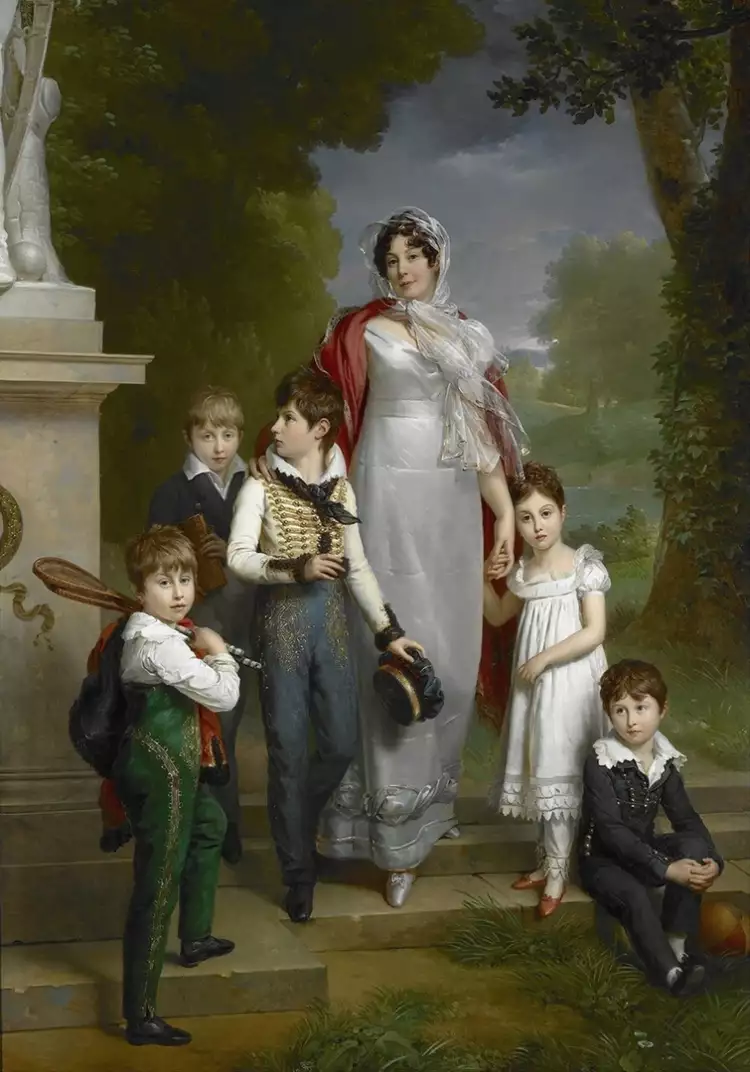 Empire. François Gérard. Louise-Antoinette Scholastica de Guéheneuque with her children
Empire. François Gérard. Louise-Antoinette Scholastica de Guéheneuque with her children
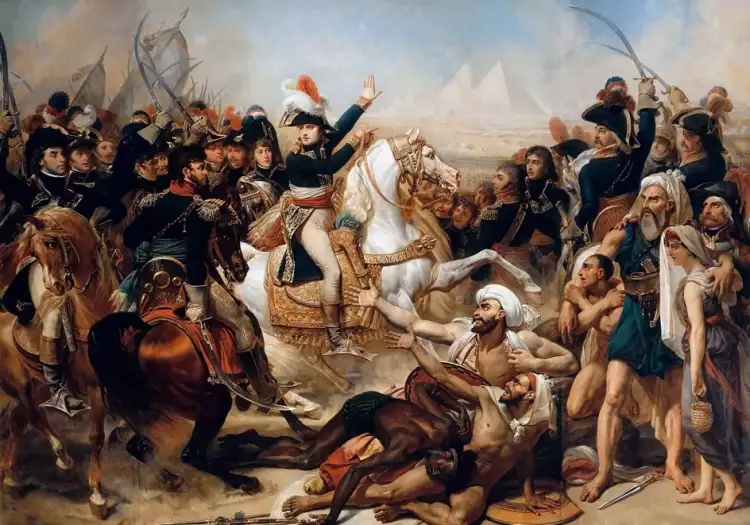 Empire. Antoine-Jean Gros. Battle of the Pyramids, 1810
Empire. Antoine-Jean Gros. Battle of the Pyramids, 1810
Distinctive features of the Empire style:
- Presence of military attributes, state symbolism, and other elements emphasizing the might of power.
- Rich colors with a predominance of red, blue, white, and gold.
- Clarity, strictness of lines, and proportions.
- Compositional restraint and symmetry.
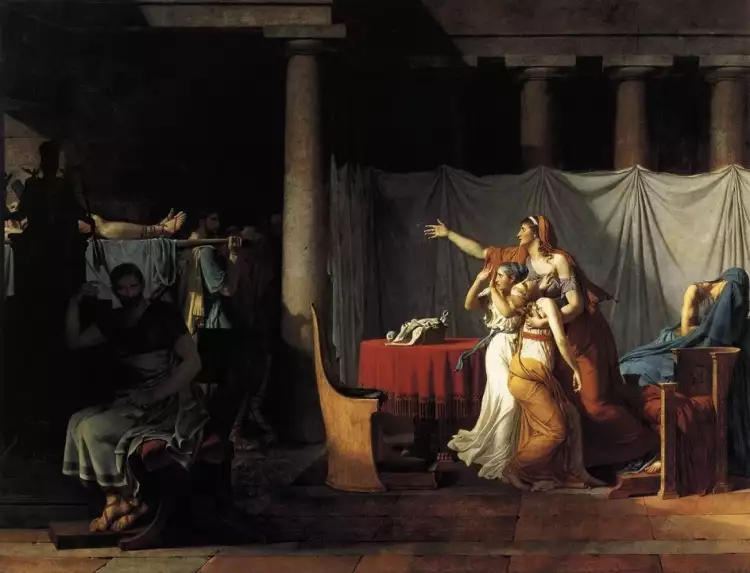 Empire. Jacques-Louis David. The Lictors Bring to Brutus the Bodies of His Sons, 1789
Empire. Jacques-Louis David. The Lictors Bring to Brutus the Bodies of His Sons, 1789
Unlike other stylistic directions, Empire is a frozen cult of personality on canvas, exclusively celebrating the emperor and the state he built. Typical subjects include battle scenes, portraits of rulers in "full parade," often on horseback. If a woman is depicted, she invariably looks like a general's wife, as evidenced by her posture, facial expression, clothing, and surroundings. The same applies to children.
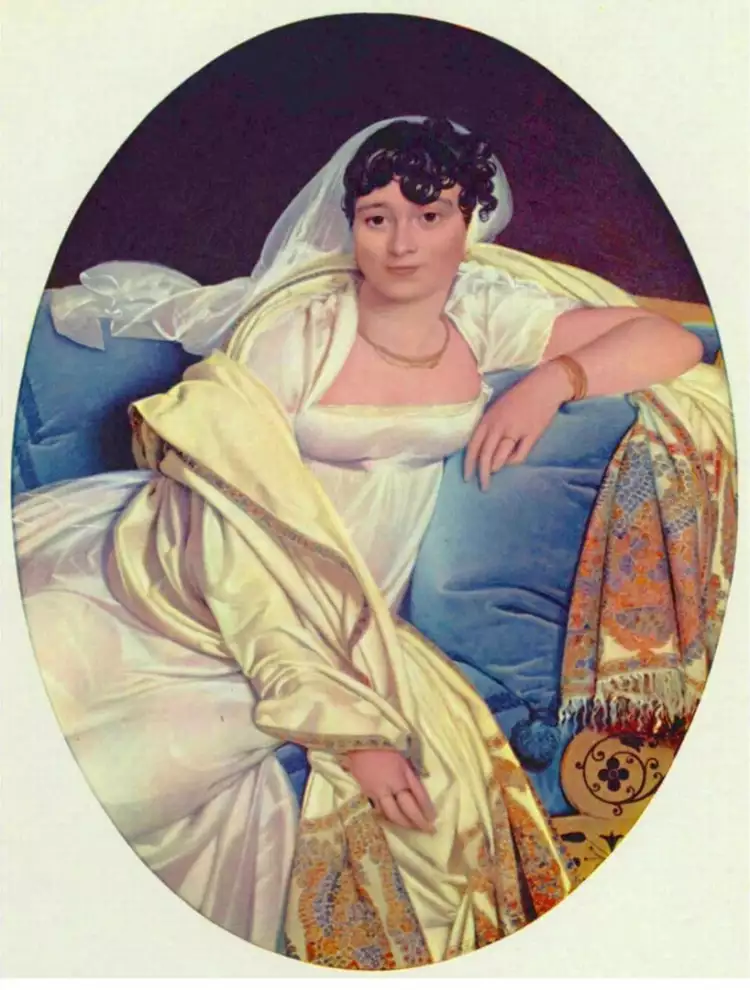 Empire. Jean Auguste Dominique Ingres. Portrait of Marie-Françoise Rivière, 1805
Empire. Jean Auguste Dominique Ingres. Portrait of Marie-Françoise Rivière, 1805
Prominent artists working in the Empire style:
- Henri Félix Emmanuel Philippoteaux.
- Jacques-Louis David.
- Andrea Appiani.
- Jean Auguste Dominique Ingres.
- Jean-Louis-André-Théodore Géricault.
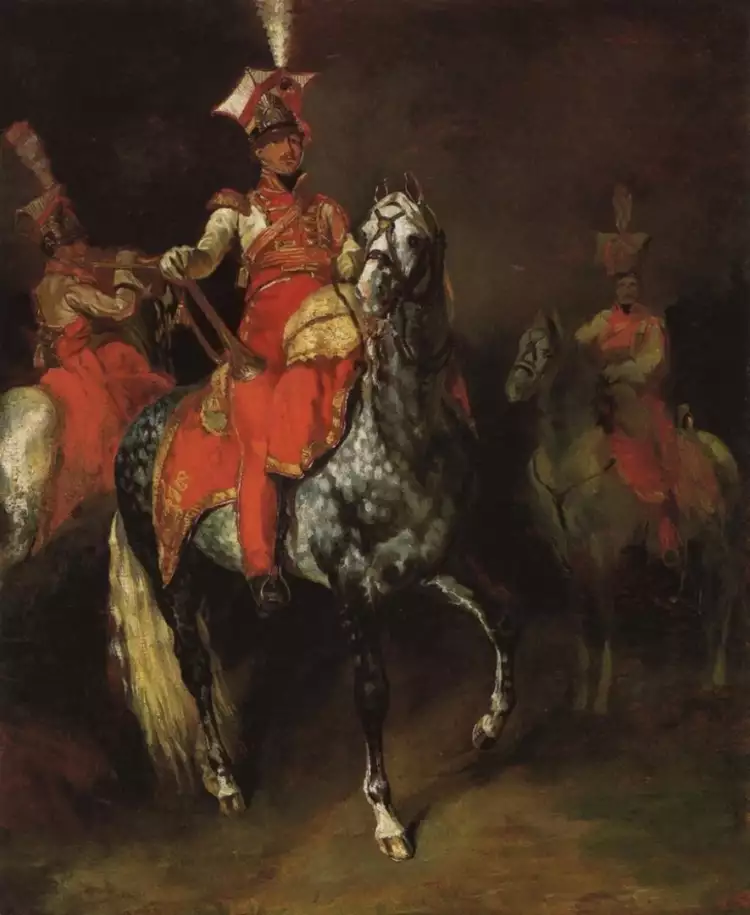 Empire. Théodore Géricault. Napoleon's Imperial Guard horse trumpet, 1812-1818
Empire. Théodore Géricault. Napoleon's Imperial Guard horse trumpet, 1812-1818
All this ceremonial painting allowed descendants to see how emperors and their close associates lived.
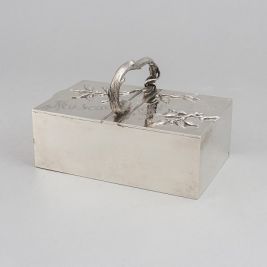 Lorie Company - silver in the Art Nouveau style
Lorie Company - silver in the Art Nouveau style  Innovative Skyscrapers Reshaping Urban Skylines
Innovative Skyscrapers Reshaping Urban Skylines  Albert Figdor Collection: Sweets for the ladies. Cigars for the gentlemen
Albert Figdor Collection: Sweets for the ladies. Cigars for the gentlemen 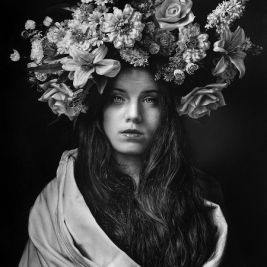 Hyperrealism - the perfect authenticity of artistic illusion
Hyperrealism - the perfect authenticity of artistic illusion 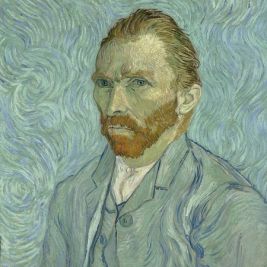 Vincent van Gogh is the most iconic artist of Post-Impressionism
Vincent van Gogh is the most iconic artist of Post-Impressionism 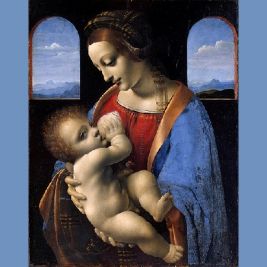 Renaissance is an era of great names
Renaissance is an era of great names 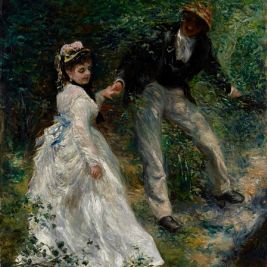 The painting "La Promenade" by Pierre-Auguste Renoir is an example of fleeting happiness
The painting "La Promenade" by Pierre-Auguste Renoir is an example of fleeting happiness 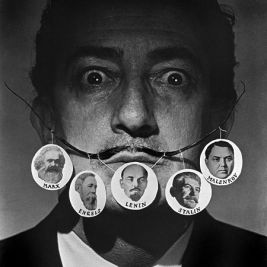 Salvador Dali - a brilliant surrealist artist
Salvador Dali - a brilliant surrealist artist  Phaleristics is a young scientific discipline about antique awards
Phaleristics is a young scientific discipline about antique awards 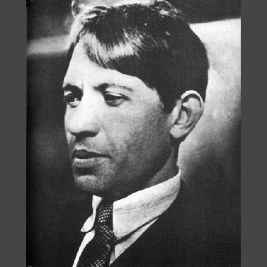 Chaim Soutine - an unsurpassed master of expression
Chaim Soutine - an unsurpassed master of expression